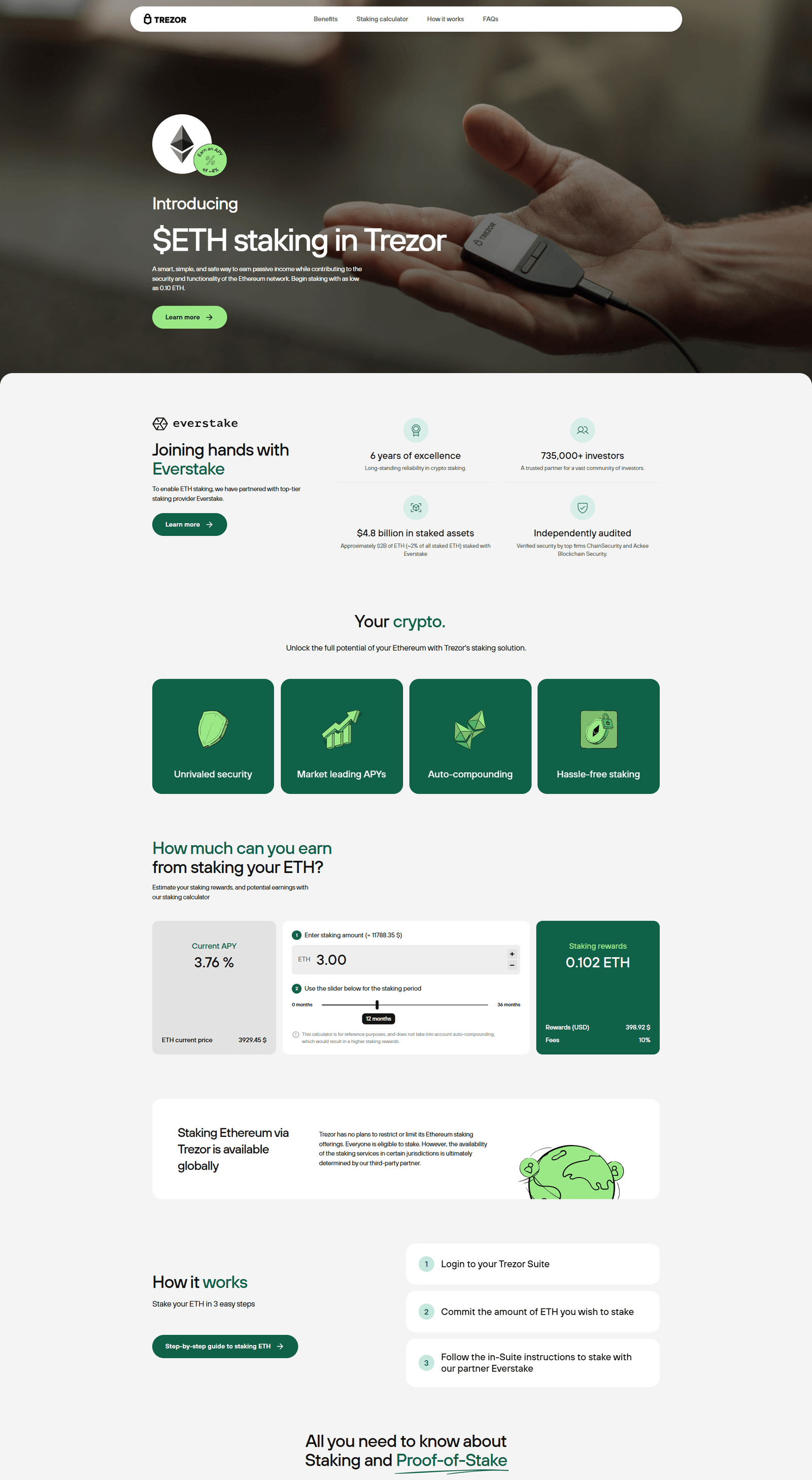
Trezor Bridge: The Essential Link Between Your Hardware Wallet and Web Interfaces
In the ever-evolving landscape of cryptocurrency security, hardware wallets have emerged as a cornerstone for safeguarding digital assets. Among the leading solutions, Trezor has established itself as a benchmark for reliability and security. While the Trezor device itself provides a robust layer of protection, its seamless integration with online platforms relies heavily on an often-overlooked component: the Trezor Bridge.
At its core, Trezor Bridge functions as a communication conduit between the Trezor hardware wallet and web-based applications or cryptocurrency management platforms. Without this intermediary, the device cannot interface with browsers or online wallets, rendering it virtually isolated. This software layer is meticulously engineered to ensure that interactions between your computer and the Trezor device are both secure and efficient.
The installation of Trezor Bridge is straightforward, yet its underlying architecture is highly sophisticated. Once installed, it operates quietly in the background, facilitating secure data transfer via encrypted channels. This ensures that sensitive information, such as private keys or transaction data, never traverses the internet in an unprotected form. Trezor Bridge employs advanced cryptographic protocols to maintain the integrity of transactions while simultaneously preventing unauthorized access.
One of the most compelling features of Trezor Bridge is its cross-platform compatibility. Whether users operate on Windows, macOS, or Linux, the software adapts seamlessly, providing a uniform experience across devices. Additionally, it supports major web browsers, including Chrome, Firefox, and Edge, thereby enabling users to interact with popular cryptocurrency interfaces such as Trezor Wallet, MyEtherWallet, and other decentralized platforms. This versatility ensures that users can manage their crypto portfolios without compromising on security or convenience.
Security, however, is not the only aspect where Trezor Bridge excels. The software is continuously updated to accommodate evolving web standards, ensuring consistent performance even as browsers implement new security protocols. These updates are crucial, as they prevent potential compatibility issues and safeguard users against emerging cyber threats. Furthermore, Trezor Bridge minimizes latency during device communication, making transactions and wallet interactions remarkably smooth and responsive.
From a user perspective, the advantages of Trezor Bridge extend beyond security and compatibility. It abstracts the complexity of device communication, allowing even novice users to manage digital assets with confidence. By providing a secure, intuitive, and reliable interface, Trezor Bridge empowers individuals to engage with cryptocurrency ecosystems without the steep learning curve traditionally associated with digital asset management.
In conclusion, Trezor Bridge is far more than a mere software add-on; it is an indispensable component that bridges the gap between hardware security and digital convenience. By leveraging advanced cryptographic algorithms, cross-platform support, and real-time updates, it ensures that your interactions with the Trezor hardware wallet remain secure, seamless, and user-friendly. For anyone serious about cryptocurrency security, installing and maintaining Trezor Bridge is not optional—it is essential.